01 Feb
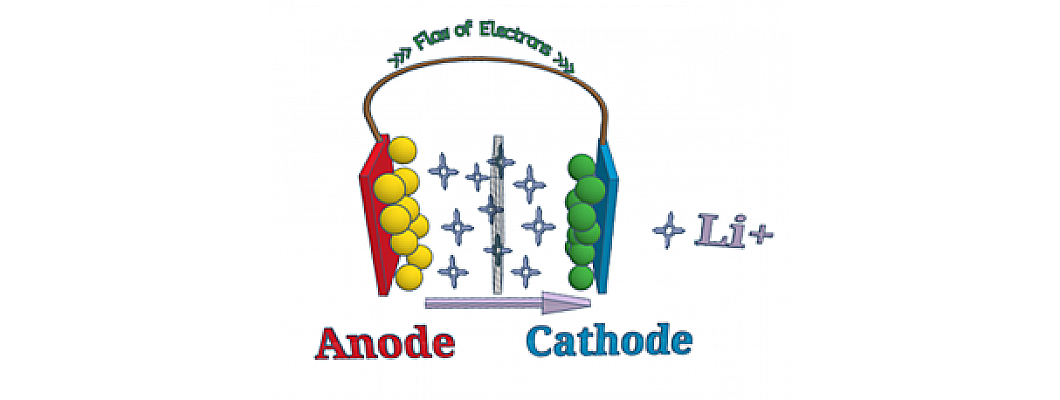

0 Comment(s)
2009 View(s)
Hello,
In this article, we are going to learn how a lithium-ion battery works.
In this article, we are going to learn how a lithium-ion battery works.
Lithium Ion batteries are very popular these days. They are used in wide variety of applications ranging from laptops to cellphones to iPod. One of the reasons they are so popular is because they are the most energetic rechargeable batteries.
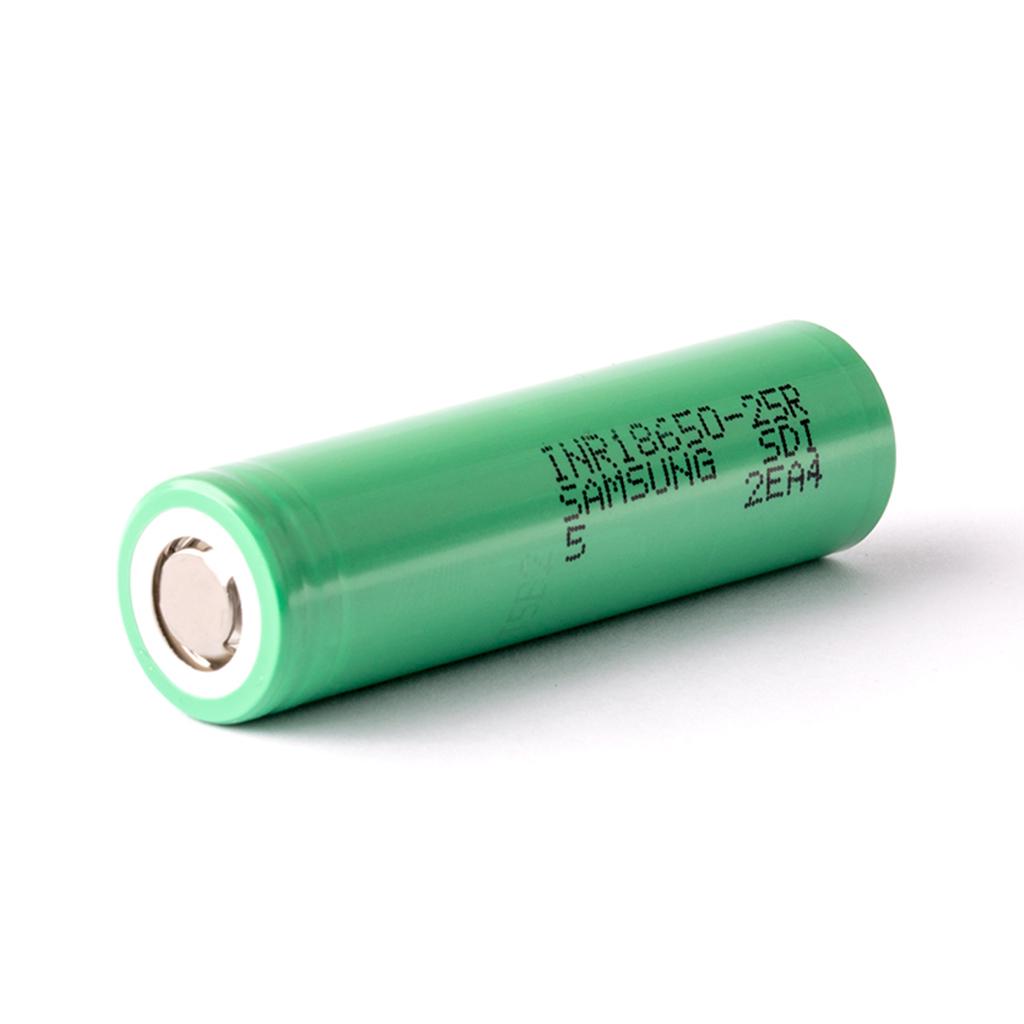
Each rechargeable lithium-ion battery has three main components: a positive electrode, a negative electrode and a chemical called electrolyte in between them. The material used in positive electrodes is lithium-cobalt oxide or lithium iron phosphate and the material used in negative electrodes is generally graphite. The electrolyte varies depending upon the battery type.

The main function of the electrolyte is to carry the positively charged lithium ions from the Anode side to the cathode side. As positive charge flows from anode to cathode, thus the electrons also flow from the anode to the cathode. and the current flows from the cathode side to anode side.
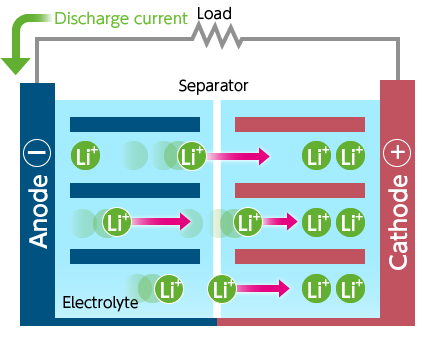
When the battery is in discharging mode, the lithium ions flow from the anode to the cathode. This makes the flow of current possible from one side to the other. While in recharging mode, the opposite reaction occurs. The cathode releases lithium ions and the flow towards anode. This is how a rechargeable lithium ion battery works.
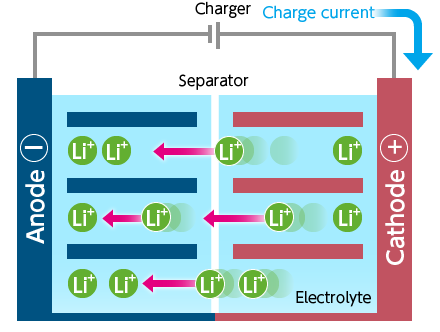
There are four main components inside a lithium-ion battery.
-
The anode is made from carbon and stores all the lithium ions.
-
The cathode is made from metal oxides and it also stores the lithium.
-
The electrolyte carries the lithium ions from the one side to the other depending upon charging or discharging.
-
The separator blocks the flow of negative and positive molecules and only allows the flow of ions through them.
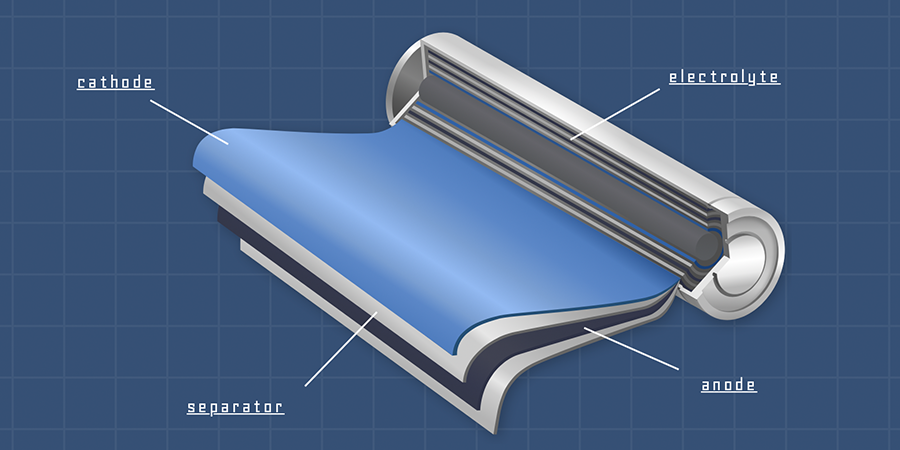
The most important parameters when considering a lithium-ion battery is the power density and energy density. Energy density is measured in watt-hour per kilogram whereas the Power density is measured in watt per kilogram. Energy density is the amount of energy provided per kilogram of the cell. Power density is the amount of power provided per kilogram of the cell.
Advantages of Lithium-Ion cells
- Lithium-Ion batteries provide the same amount of power for much less weight i.e. it has higher power density than its counterparts.
- They provide a very good battery life. They lose about 5% of their battery life per month.
- They have a long cycle and also have long shelf lives. They can easily withstand hundreds of charging/discharging cycles.
- It has high efficiency and low internal resistance.
Disadvantages of Lithium-Ion cells
- Starts degrading at high temperatures and voltages.
- Regulations are applicable when shipping in large quantities.
- Requires protection against thermal runaway if stressed too much.
Applications of Lithium-Ion cells
- Lithium Ion batteries have a wide variety of applications. Some of them are listed below:
Lithium-ion cells are rechargeable batteries that are widely used in a variety of applications due to their high energy density, long cycle life, and low self-discharge rate. Here are some common applications of lithium-ion cells:
- Consumer electronics: Lithium-ion batteries are commonly used in portable electronic devices such as smartphones, laptops, tablets, and digital cameras.
- Electric vehicles: Lithium-ion batteries are used as the main power source in electric vehicles, providing high energy density and long-lasting power.
- Renewable energy storage: Lithium-ion batteries are used in residential and commercial energy storage systems that store energy generated from solar panels or wind turbines.
- Medical devices: Lithium-ion batteries are used in medical devices such as pacemakers and defibrillators due to their long life and reliability.
- Aerospace: Lithium-ion batteries are used in space exploration due to their light weight and high energy density, making them ideal for use in satellites and space probes.
- Military applications: Lithium-ion batteries are used in military applications such as remote sensors and communication devices due to their high energy density and long life.
- Power tools: Lithium-ion batteries are commonly used in power tools such as drills and saws, providing long-lasting power and faster charging times.
Overall, the versatility and high performance of lithium-ion cells make them an ideal choice for a wide range of applications.

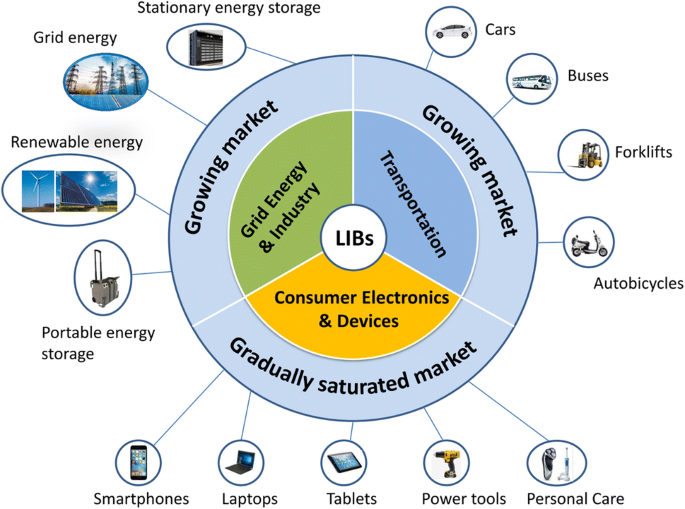

Leave a Comment